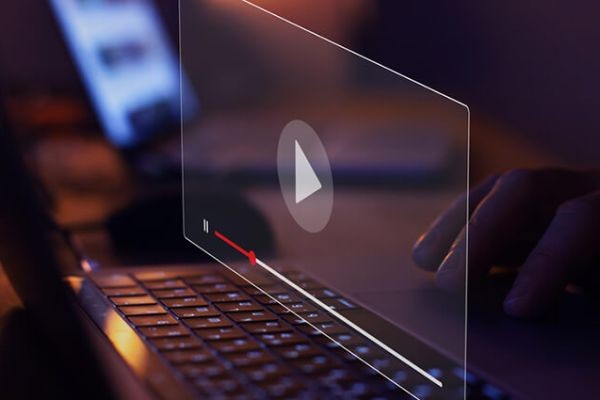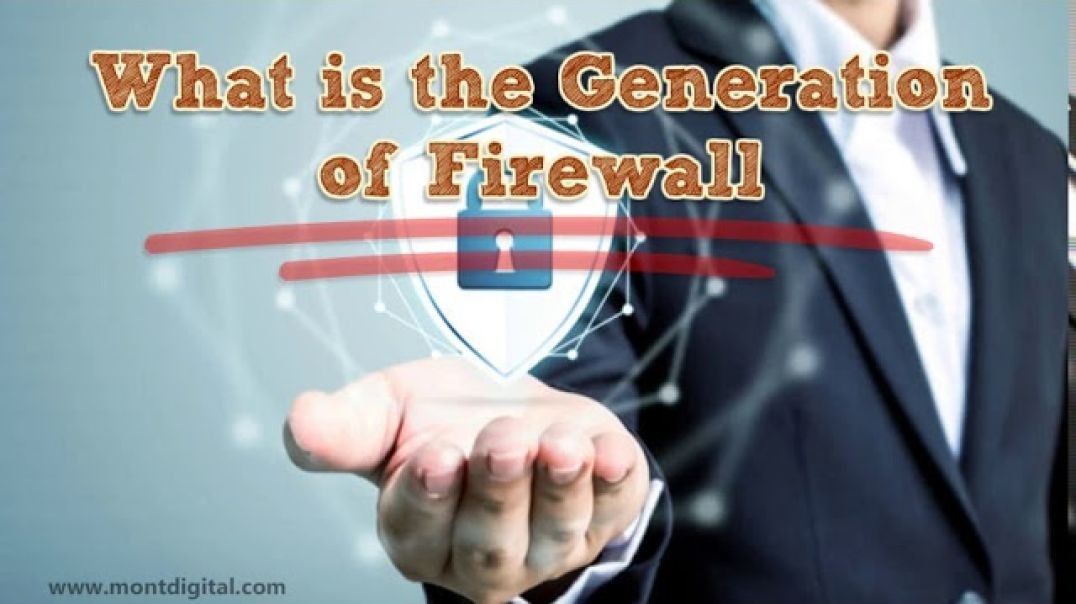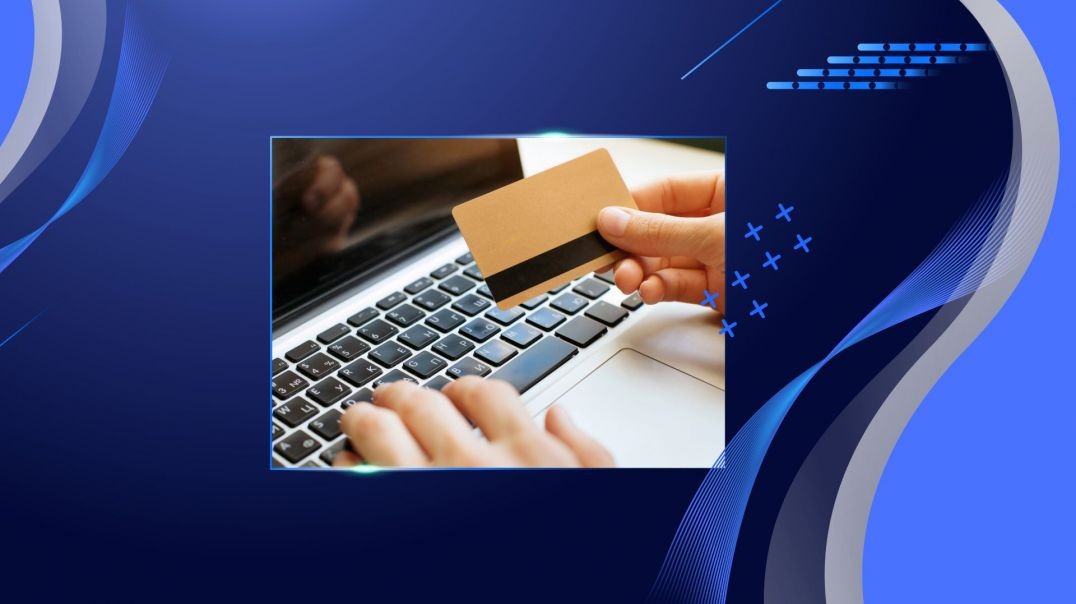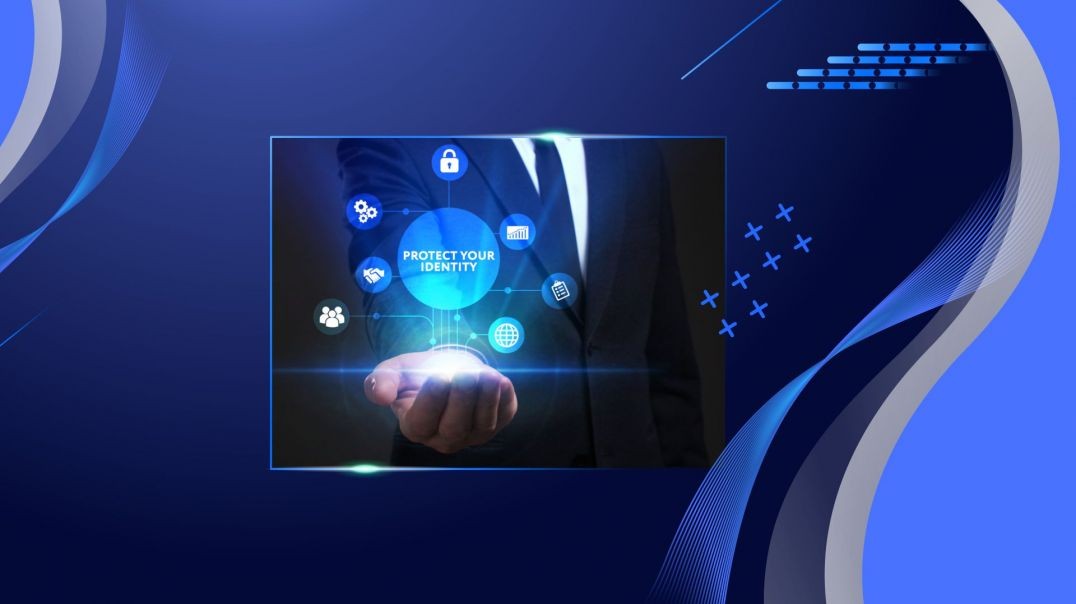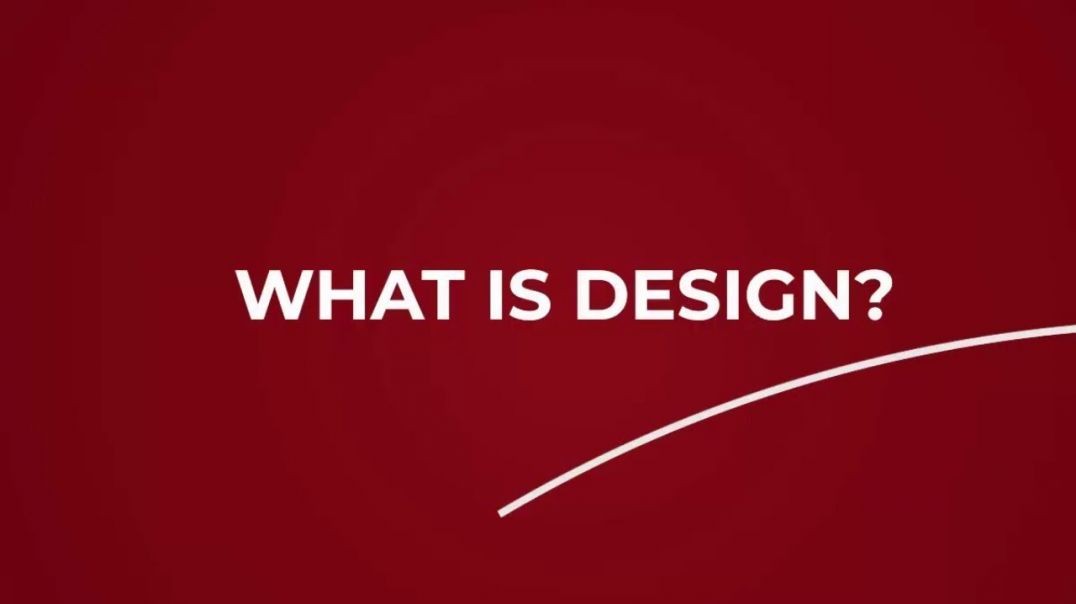Streaming provides quick access to internet-based content. It transmits a continuous flow of audio or video data to deliver content to computers, mobile and other devices using the internet, where the recipient watches and listens without downloading the content.
What Is Streaming, And How Does It Work?
Streaming means sending and receiving a continuous flow of data packets over a computer network from a server to your device; when the content is streaming, you can watch it instantly as you start watching the TV show or movie on the device.
Online streaming allows content playback to start even when the data is sent to your device. As you stream, you start consuming content without waiting for downloads. Unlike downloading, the data associated with streaming is deleted after you watch it.
Music services like Spotify, Apple Music, YouTube, Twitch, Netflix and online games stream in action. Streaming breaks down the content into data packets, then transmitted to the user's browser for playing the video or game.
Streaming sites use TCP/ IP layers instead of UDP to transmit data from the server to the device because it is more reliable to get data packets when you need to go in the right order. Streaming sites use UDP for fast transfer. Spotify uses TCP, whereas YouTube uses TCP and UDP for transmission.
Netflix has content delivery networks to keep cached content geographically close to the region where it will be streamed, reducing the bandwidth cost and latency.
You must have at least 2Mbps speed for good streaming. Though buffering ensures you can stream the data collected in the buffer when the connection is slow and the player is stuck, the streaming will pause if the connection is slow while the device buffers.
To watch HD or 4K, a faster connection of at least 5 Mbps is required.
One can stream music, TV shows, books, movies, podcasts, games, and live events via mobile browsers and media players.
A Short Guide to Live Streaming Live
Streaming is about broadcasting live video to the audience in real-time, just like live television. It can happen on private one-to-one chats or public live streams where viewers participate in videos or add comments, which can be seen by everyone attending the event.
The primary live streaming platforms are TikTok, Yubo and Twitch, and more recognised platforms like YouTube, Facebook, Twitter, and Instagram provide live streaming services.
What Does Streaming Mean?
You need audio or video equipment, an encoder, an internet connection and a streaming platform for live streaming. Live streaming like Live Q&A sessions or live streaming a sports event can make the content accessible to people who would otherwise not be able to reach or attend the event in person.
How To Plan And Prepare For Live Streaming?
You must have a plan and a venue to keep the live streaming on schedule; check the equipment, like cameras and microphones associated with sounding and lightning, before going live. You must invite people to live streaming to attend an event.
To optimise live streaming, you must have a proper Ethernet connection; switching from wifi to a wired LAN can improve the connection speed and the quality and reliability of the live stream.
Close unused applications and programs or exit or turn off apps before streaming to optimise resources for streaming.
There Are Many Advantages of Live-Streaming –
- It gives a platform to share views and promote a brand. You get the opportunity to reach a wider audience.
- It provides opportunities to hold meetings with clients and customers, develop creativity, and share your art with real audiences.
- One can share talents with friends and family, like dancing, singing and others.
- You can interact with your viewers, ask questions, and check their comments and views. The gifts sent on live streaming can be converted into currency.
- Backing up live streams allows the creation of video-on-demand (VoD) files and playlists that can be accessed by the viewers anytime. It helps to build viewership, and you can watch previous or missed broadcasts.
Some Disadvantages of Live-Streaming -
- Live streaming is unpredictable and unmoderated; sometimes, the streamer may face embarrassing responses from the viewers. There is a risk of young people and children viewing inappropriate content accidentally in unmoderated situations.
- Private live streaming can lead to abuse, and offenders can move an unaware participant from a public live stream to a private one.
- Live streaming is momentous, manipulated, and sometimes tricky, where the streamers get overwhelmed by the participants' comments. People may share content they regret, like a re-recorded video or picture, or one may accept inappropriate requests.
What Is Streaming TV? How Does It Work?
Streaming TV or internet TV is a way of transmitting and receiving data over a computer network, allowing access to a piece of data like listening to a simultaneous interpreter. TV streaming on the internet provides access to on-demand video entertainment. The streaming service holds the media files related to the show, and you can use the internet to watch shows, sports, movies, and new channels across different devices.
What Is Streaming TV? How Do You Stream On TV?
Streaming TV allows you to watch the TV without installing an antenna or satellite service. You can connect to any device on internet smart TV sets –Smart TVs, computers, tablets, video gaming consoles, computers, smartphones or tablets.
Streaming TV has many advantages –It costs less than cable or satellite. Some popular shows are available only on streaming services. You can see the first run movies and watch from anywhere.
To use streaming TV, you must have a reliable internet connection with a speed of at least 2Mbp and for HD content or 4K, you require 5Mbps speed to get sufficient bandwidth.
When you stream TV, the data is stored on servers, cloud platforms or content delivery networks.
Netflix uses a content delivery network (CDN) cache to allow streaming to eliminate lag time and reduce bandwidth costs. The content is broken into smaller data packets and transmitted to the user's device. When the device gets the packets of information, it plays the content.
Streaming uses the Transmission Control Protocol (TCP) or User Datagram Protocol (UDP) to move data packets across the networks. TCP provides reliable and secure connection links as compared to UDP.
The device stores data packets into the buffer. If the internet connection is slow, the device returns the stored content in the buffer.
What Is the Last of Us Streaming On?
Previously, The Last of Us could be watched only on HBO Max in North America. It has been distributed to other apps and is available in the UK on Amazon Prime Video, Hulu, Sky Go and iTunes.
What Is 4k Streaming?
A 4K video is a digital file where the resolution is at least 3840 X 2160 pixels, almost four times the standard HD video. It is perfect for larger screens, and you get a clear, detailed image that looks incredible on screens.
The main issue with 4K is that a single minute of 4K spends more than 200 MB, so it requires a lot of data to stream, even for a short movie. The minimum internet speed for 4K must be 25 Mbps, but it is recommended to have 50 Mbps for a better experience.
4K streaming provides a way to watch video content, TV shows, and movies in much higher resolution than traditional HD.
The popular streaming services HBO Max and Netflix offer 4K content; you require a 4K compatible device and a high-speed internet connection to take advantage of such streaming.
To watch 4K video content, you require devices like smart TVs, streaming devices, gaming consoles, and computers of the latest brands like Sony, Samsung or LG with 4K capabilities.
There are many advantages of 4K - It is four times the number of pixels, so you get a clearer, more detailed image. The streaming has higher resolution and better transmission.
Some drawbacks are that you need more data to view 4K streaming, your device must be compatible, and special cables may be required to connect to the 4K compatible device.
For example - You must have a 4K TV or monitor to view the content; if you use a standard 1080p, you need a 4K device, and much of the regular transmission content does not stream on 4K.
Internet Streaming: What It Is and How It Works
Streaming means, bit by bit, transmission of information on your computer; the continuous, steady stream does not go to the device's permanent storage. However, some services like Spotify will have a cache on your device to make future playbacks faster.
Initially, YouTube and Netflix used one or two servers to host content, which caused a lot of lag and delays. Now, they use Content Delivery Networks (CDNs) to store and send content. CDN is a dense global network of servers that contain the same content.
CDN may not help if the network connection is poor. Also, high global traffic can cause delays even when the internet connection is fast and you have dense CDNs.
Streaming service provide Open Connect Appliances to ISPs. These are OCAs, which are hard drives containing much streamable content. These OCAs reduce the need for ISPs to reduce the traffic to Netflix or Hulu servers. It makes streaming faster and also prevents the slowing down of NetFlix.
Popular streaming services like Twitch and YouTube use global networks of servers to reduce lag time.
Streaming a video on someone's computer is more difficult than streaming a movie because it requires not just downloading; you manipulate and interact with files in real time, and services like Skype and Facetime require a two-way connection for game streaming. Heavy resource game streaming is not considered steadfast.
What Is Video Streaming?
Video streaming allows continuous delivery of video files. In video streaming, part of the video is encoded and transmitted. When the user plays a part of the video, the next part prepares to go through the streaming process, so when the user finishes watching the first part, they can see the next.
The user experiences minimum load time or buffering when viewing the video. The size and duration depend on the video streaming protocol.
Video streaming can be of different types –
- Real-time video refers to live streaming video conferencing or online meeting solutions like YouTube Live or Zoom.
- Pre–encoded video streaming uses videos streamed and stored on other devices.
Different types of technologies help to secure video streaming, like
- Transcoding and re-encoding the file formats to support varying bandwidth and playback on multiple devices.
- Adaptive Bitrate streaming provides a quality option on YouTube that detects the user's internet connection and streams the best video quality.
- HTTP live video streaming protocol delivers video using HTTP, making video playback highly compatible. Such videos can be streamed from any HTTP server and played through an HTML 5 player.
- The content delivery network (CDN) refers to the server in the user's geographical location, which reduces the distance between the server and the user.
- Enterprise content delivery networks (ECDN) address bandwidth challenges for streaming on public internet, but it does not work well on the internal networks or intranets.
- Enterprise content delivery networks help improve the process by caching the video file on multiple edge caching servers.
Organisations store video content like personal data in secure settings, and video streaming solution providers allow users to pick the videos to be streamed from commercial cloud data centres (or commercial cloud data centres in a specific location), government cloud data centres, private data centres or local drives.
What Is a Streaming Service?
Streaming services provide an on-demand online entertainment source. Through a streaming service, online providers stream content, music, or movies via an internet connection to the subscriber's computer.
TV streaming stores the files for the show, so you are not required to download them, and most devices that connect to the internet can use streaming TV. There are over 200 streaming services available around the world.
Netflix, Apple TV+, BBC iPlayer, Amazon Prime Video, ITVX, and All 4 provide UK streaming services. Netflix is the most popular streaming service in the UK.
Streaming companies store content data on servers or cloud platforms, and large companies use content delivery networks that cache the content to stream it without lags.
The data packets are broken into smaller packers and sent to the device, and when the device gets enough data packets of information, it plays the content.
Streaming uses Transmission Control Protocol (TCP) or User Datagram Protocol (UDP) to move the data packets across networks.
The device buffers some of the incoming data packets, and when the internet connection stops or gets slow, the device plays the data from the buffer.
How to stream on TV? To start streaming – Select the streaming device like a smart TV, computer, tablet, or video gaming console that connects to the internet, and add the streaming program and the device to the streaming service.
There are many types of streaming services –
Live streaming- Live streaming where you can watch real-time live content. There is no time lag between the release of the content and streaming.
On-demand - On-demand streaming allows you to watch instant videos from online libraries.
Free streaming – There are many videos available for free, like free news, videos, and free shows, where you do not need to pay any subscription fee.
What Is Live Streaming?
Live streaming is about sharing unedited, real-time raw footage. The technical processes involved in live streaming are encoding & compression, segmentation, CDN caching, CDN distribution & caching, decoding, and video playback.
The live streaming process starts as the camera captures visual information as digital data, and encoding and compression remove redundant information and data. Encoding converts the raw data from all other devices and transfers it into viewable content into the main live streaming station device.
Segmentation allows video or audio to be divided into segments, and CDN distribution and caching ensures the stream reaches the users in multiple locations. The video decoder uncompresses and interprets the encoded data to play the video.
There are paid live-streaming services and free options available to broadcast your message. The cost of live streaming is low. You need a camera and other equipment, and there is no hidden cost of free live streaming.
There are some risks of live streaming, like people viewing your content can record and share it online, and those hosting the stream can fall victim to harmful or offensive comments.
